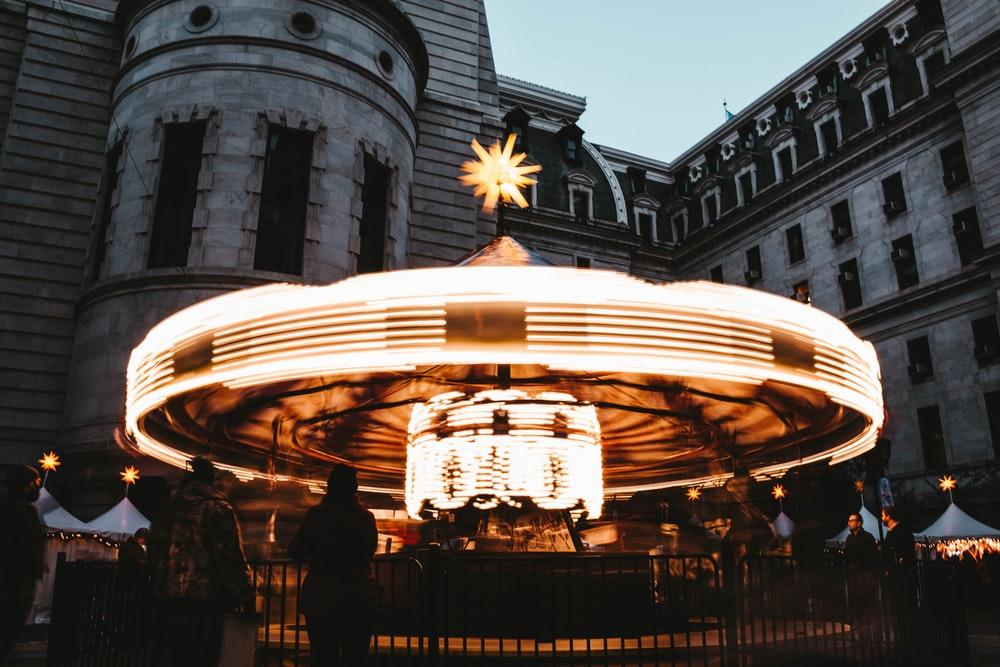For most people, going to a fairground is synonymous with happy childhood memories. The rides and attractions are a source of fun and excitement that make you want to come back for more. But, have you ever wondered about the history of these rides and machines? Indeed, the development and innovation of these rides have a direct connection with cultural and societal trends.

Hand-turned roundabout rides
There is no exact historical record of when the first fairground ride was invented. But, in the early 19th century, hand-turned roundabouts were already popular. These rides featured crude construction and relied on muscle power, or at times pulled by actual horses. The pony, which kids would ride doesn’t resemble the sophisticated and realistic horses we know today. Nevertheless, these rides were featured in many fairs and drew large crowds.
The application of steam power to operate fairground rides
The application of steam engines in fairground rides was perhaps the beginning of innovation. By the end of the 19th century, rides like roundabouts grew in proportion and became more daring. Although there was apprehension because of safety concerns, many engineers welcomed the idea. After another decade, most travelling fairs started featuring steam-powered rides.
Eventually, rides such as giant swings and yachts benefited from steam power. Many modern fairground stall hire rentals and rides were developed because of steam engine technology.
Tunnels and rails
Stationary rides were all the rage in the beginning. But since steam engines became the driver for innovation, it made sense to make rides that feature trains and tunnels. The novelty of these rides attracted customers as it recreated the experience of riding in a real-life train.
Electricity and how it changed the fairground industry
Before the first World War, electricity was already a game-changing invention. However, during the war, most fairgrounds had to stop operating. Building rides for amusement parks was also put on hold. The great economic depression also impacted the production of fairground rides during this time. After the war, most rides that became popular in the UK came from the US and Germany. A popular ride known as the chair-o-plane was a German invention and still features in many UK amusement parks today.
Post-World War II and present times
Rapid development in the fairground industry started after the second great war. Novelty rides from the US and Europe were already making headway around the world. Examples include the octopus, the caterpillar, and dodge ’ems. With the influence of Italian and German designers, UK fairground rides started developing a distinct aesthetic.
Until the late 1990s, competition in the fairground industry had been stiff. Highly advanced rides are now available, and customers no longer need to worry about their safety. Bigger wheels and faster roller-coaster rides feature in some of the most famous amusement parks all over the country. Nowadays, the trend is to feature rides that hark back to the old days. Also, smaller versions of popular rides have become available for rental so that the general public can use them for parties and gatherings.